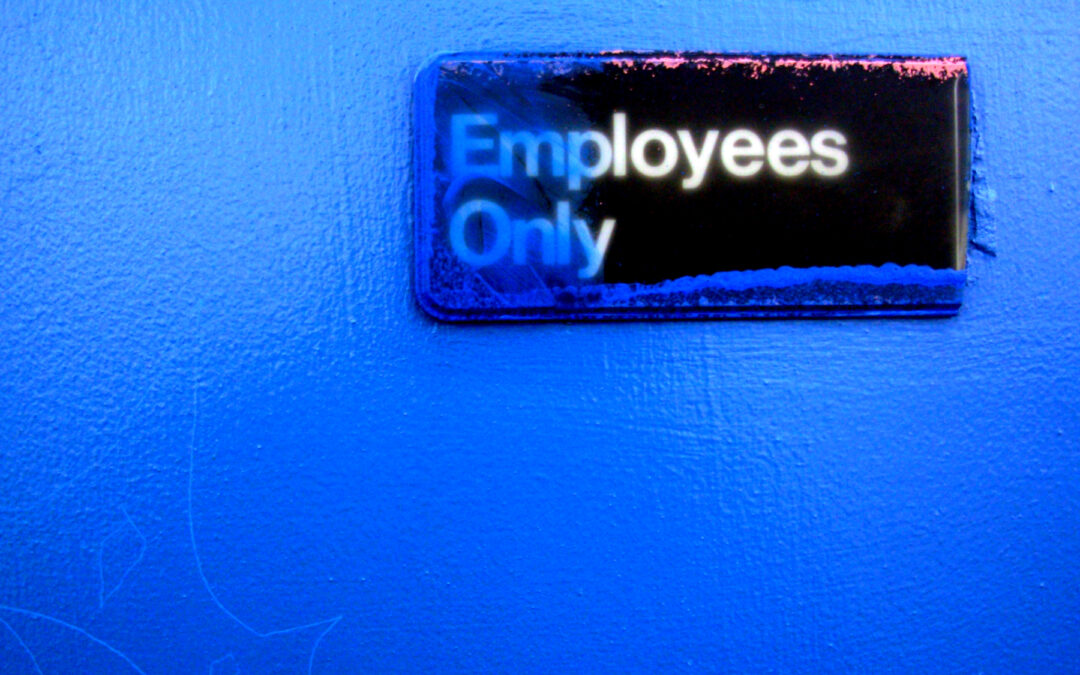You’ve probably been hearing about the Great Resignation (or however you want to describe it) for months now. Even if you’re not dealing directly with increased turnover, your employees know they have options. Their friends, family, and people they know peripherally or on social media have made the leap and are gleefully announcing it on LinkedIn.
Some job-hoppers may be emboldened by the movement to quit good jobs in the hope of something better—better pay, more flexibility, or more opportunities for advancement. Some have simply been pushed to the brink by dead-end jobs, lousy company culture, or ineffective managers. Others have given up trying to “have it all” and left the workforce completely.
But what if employers could capitalize on this current “I quit” mood? What if you could keep your employees engaged, inspire loyalty, and make it easier to attract and hire those that are looking for that next best thing?
We’ve got some ideas for both prioritizing current employees and making it easier to attract new ones.
- Understand and be responsive to employee needs, motivations, and priorities. A paycheck may be the reason everyone has a job in the first place, but it’s not the only reason people choose to work or decide to work for one employer over another. Your employees stick with you because there’s something in it for them besides the money. The job is useful to them. Knowing why it’s useful enables you to keep employees satisfied and, better yet, make their jobs even more appealing.
- Prioritize employee development. A work environment in which people gain knowledge, learn new skills, and advance in their careers speaks more clearly and loudly than any marketing message can. People like working where they can grow and develop. According to a LinkedIn report, companies “that excel at internal mobility are able to retain employees nearly twice as long as companies that struggle with it.” And a better trained workforce is also a more productive and profitable workforce!
- Invite employees to be co-creators of the organization. Empower them to make decisions about how things are done and where the organization is going. People feel more a part of something when they see themselves in it. They’re more engaged when their decisions bring about real change.
- Reward success. In fact, reward anything you want to see more of. Whether large or small, the rewards have to be meaningful. Ideally, figure out what type of reward speaks to each employee. For some, acknowledgment in a company meeting will make their heart sing. For others, receiving a token of your appreciation, such as a coffee gift card, will be more meaningful.
- Allow for a healthy work-life balance. Flexibility is a big selling point for employees looking for better balance between work and life. Your employees have other commitments they need to attend to. Some are caring for young children or other family members while navigating daycare and school closures or multiple appointments. Give employees the time to see to those commitments and have a life outside of work, and you’ll get more from them when they’re on the job. Options may include remote or hybrid work, paid time off, flex hours, four-day workweeks, alternative schedules, and reducing workload. Remember, however, that policies are only as good as the practices around them. Ensure that employees don’t need to jump through hoops to request time off. Remind managers to be responsive to requests for time off and on the look out for signs that employees are feeling overwhelmed.
- Conduct “stay interviews.” Don’t wait until people are leaving to investigate what could have inclined them to stay. Talk to employees now about what’s going well, what pain points they’re experiencing, and what could be done to take the relationship to the next level. Stay interviews enable you to address problems and unfulfilled wishes before they drive people out the door.
Let people go who want to go. You have only so much time in the day. Don’t spend it trying to entice people to stay if they really want to leave the organization. That time is better spent ensuring smooth transitions and engaging employees who don’t have one foot out the door.

